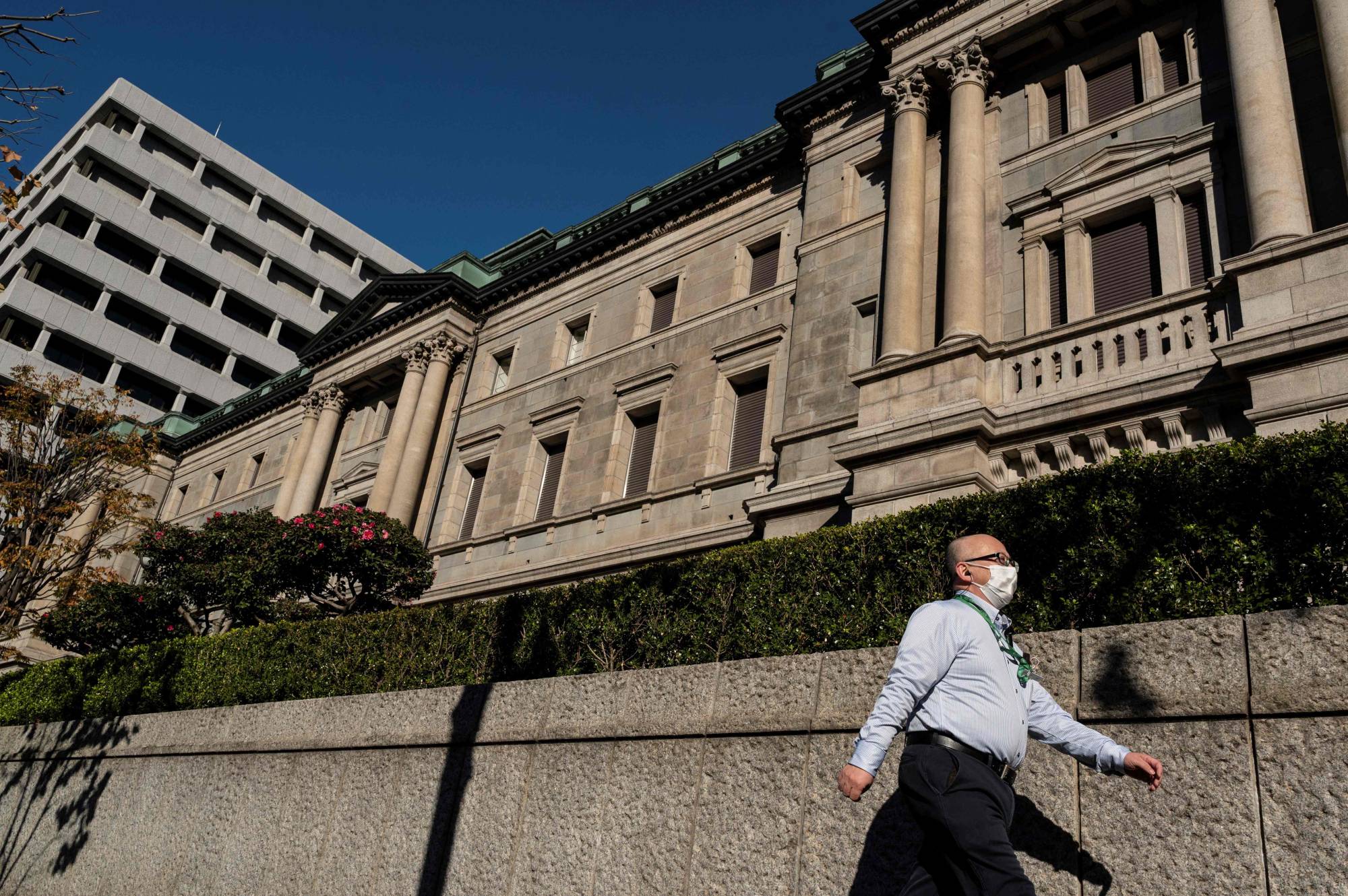Despite the assumption among market participants and observers that no surprises were likely to come from the Bank of Japan until Gov. Haruhiko Kuroda’s term ends next spring, the central bank dropped a bombshell Tuesday by tweaking its ultraloose monetary policy.
After its two-day policy meeting, the BOJ announced a modification to its so-called yield curve control, a policy of purchasing unlimited amounts of 10-year government bonds to control JGB yields at around 0%. The BOJ will now allow long-term yields to fluctuate plus and minus 50 basis points, doubling from the previous 25-basis-point range, which is effectively seen as a rate hike. It maintained a short-term interest rate at minus 0.1%.
So after months of the status quo, what prompted the central bank to pivot?



